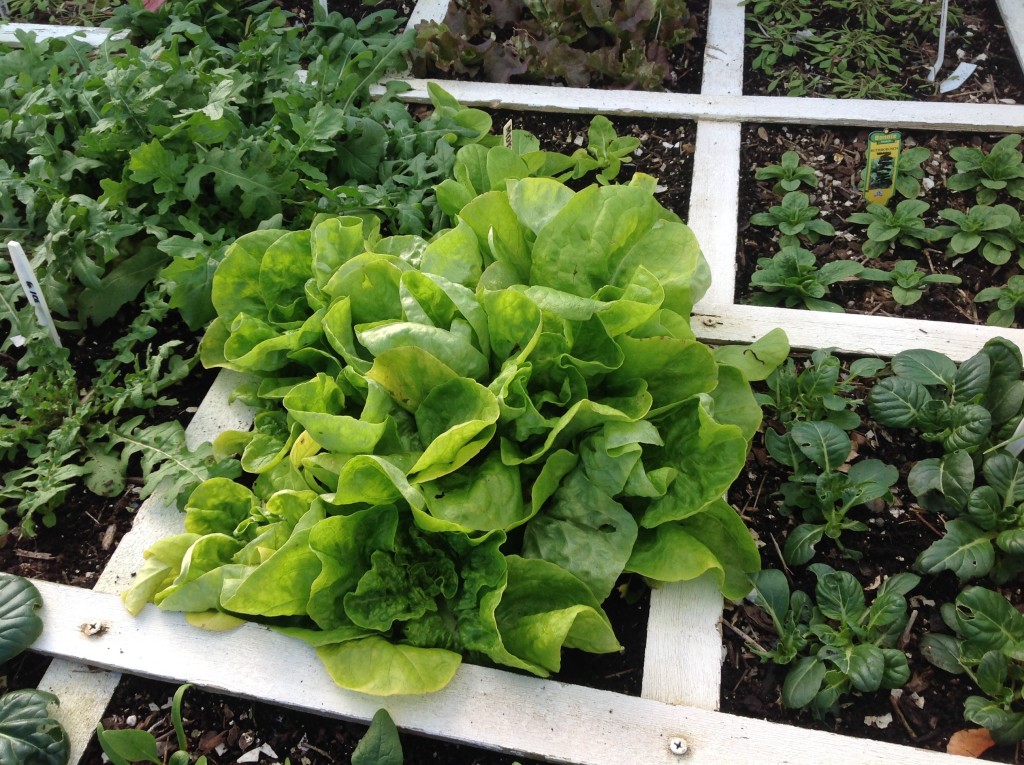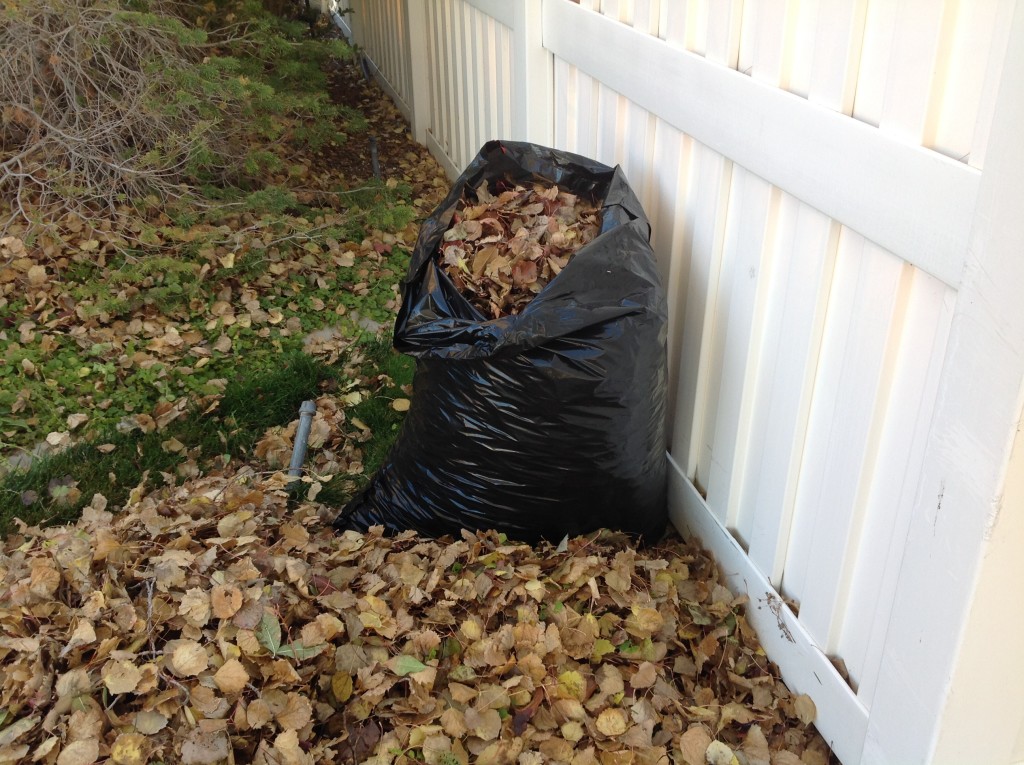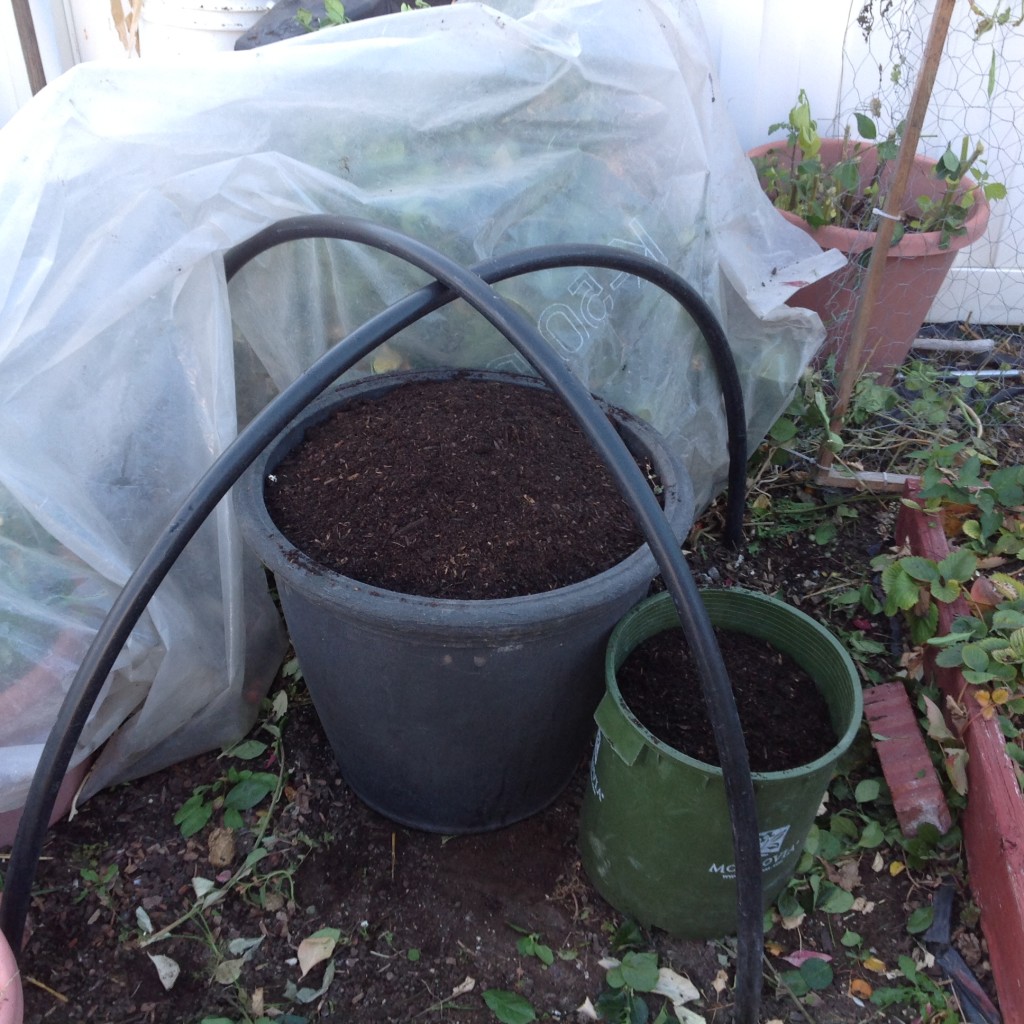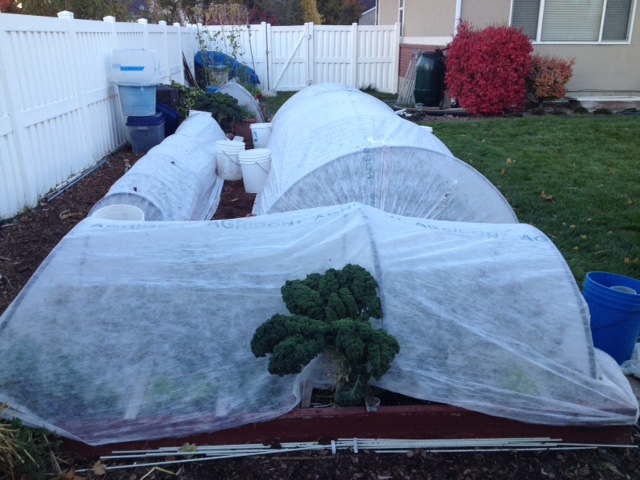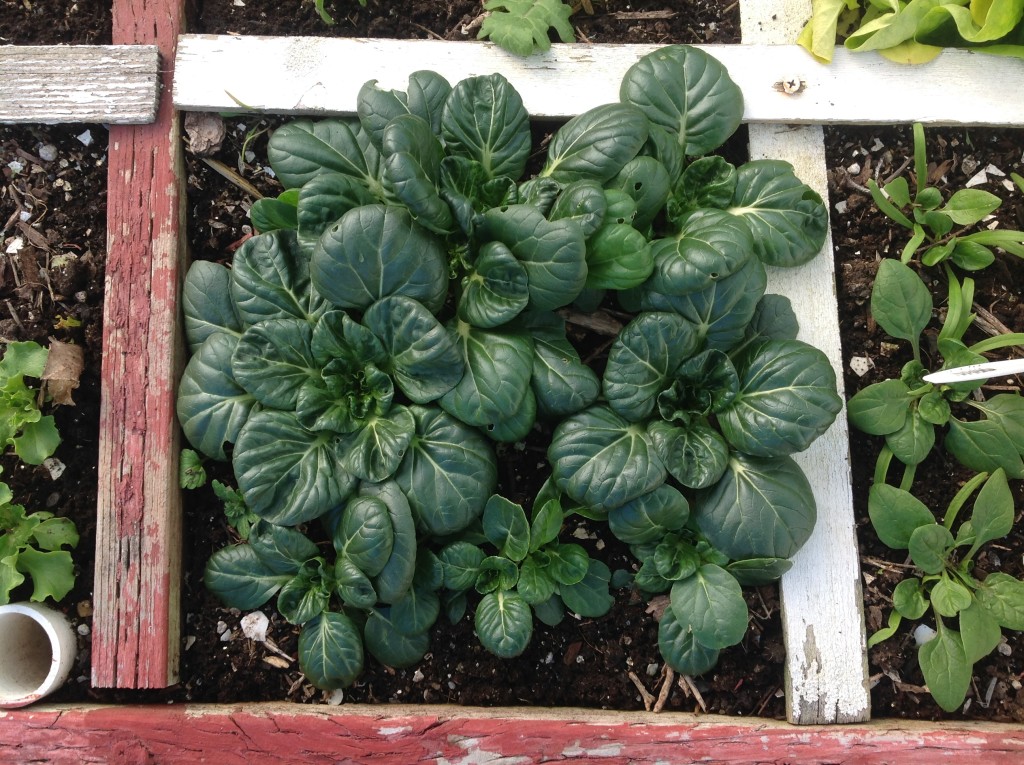 In about 2-3 weeks the winter solstice arrives-markign the first day of winter and the shortest day of the year . Sunlight hours are at their lowest and for many of us-even colder temperatures lie ahead that will take us through to the end of February.
In about 2-3 weeks the winter solstice arrives-markign the first day of winter and the shortest day of the year . Sunlight hours are at their lowest and for many of us-even colder temperatures lie ahead that will take us through to the end of February.
Seed catalogs should be showing up in mailboxes very soon. Not only is it a great time to pick out some specially selected seeds for family or friends, it’s also a good time to plan your spring garden. It might seem a little early, but if you’ve got structures in place to protect you garden you might be able to direct seed as soon as the second week of February. This is the time when sunlight reaches the magic minimum of 10 hours.
If you would like to begin planning, do you know what to plant and when? Which crops do best in early spring and which are more suited for warmer weather? If you need suggestions on how to get started, why not rely on some of the experts? There are some quality apps that cost a few bucks, but there’s plenty of free advice available from a variety of sources. Click here for one I used many years ago. This particular one works on your computer but you can get apps that work on your iPads or smart phones. These allow you to put in the size of your gardening area and then to plan the crops. They even send you reminders of what to plant and when to start them which can help you eliminate a lot of the guesswork. I like this one even better.
Go ahead-break open those catalogs and start spending, and planning. It will get here faster than you think.[ois skin=”1″]
